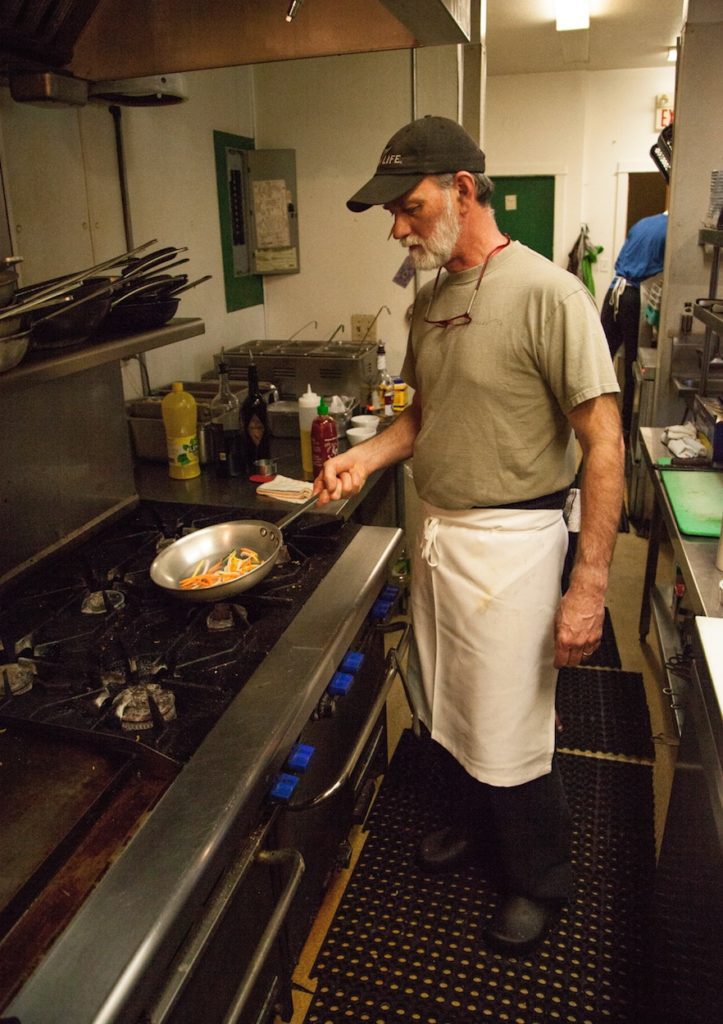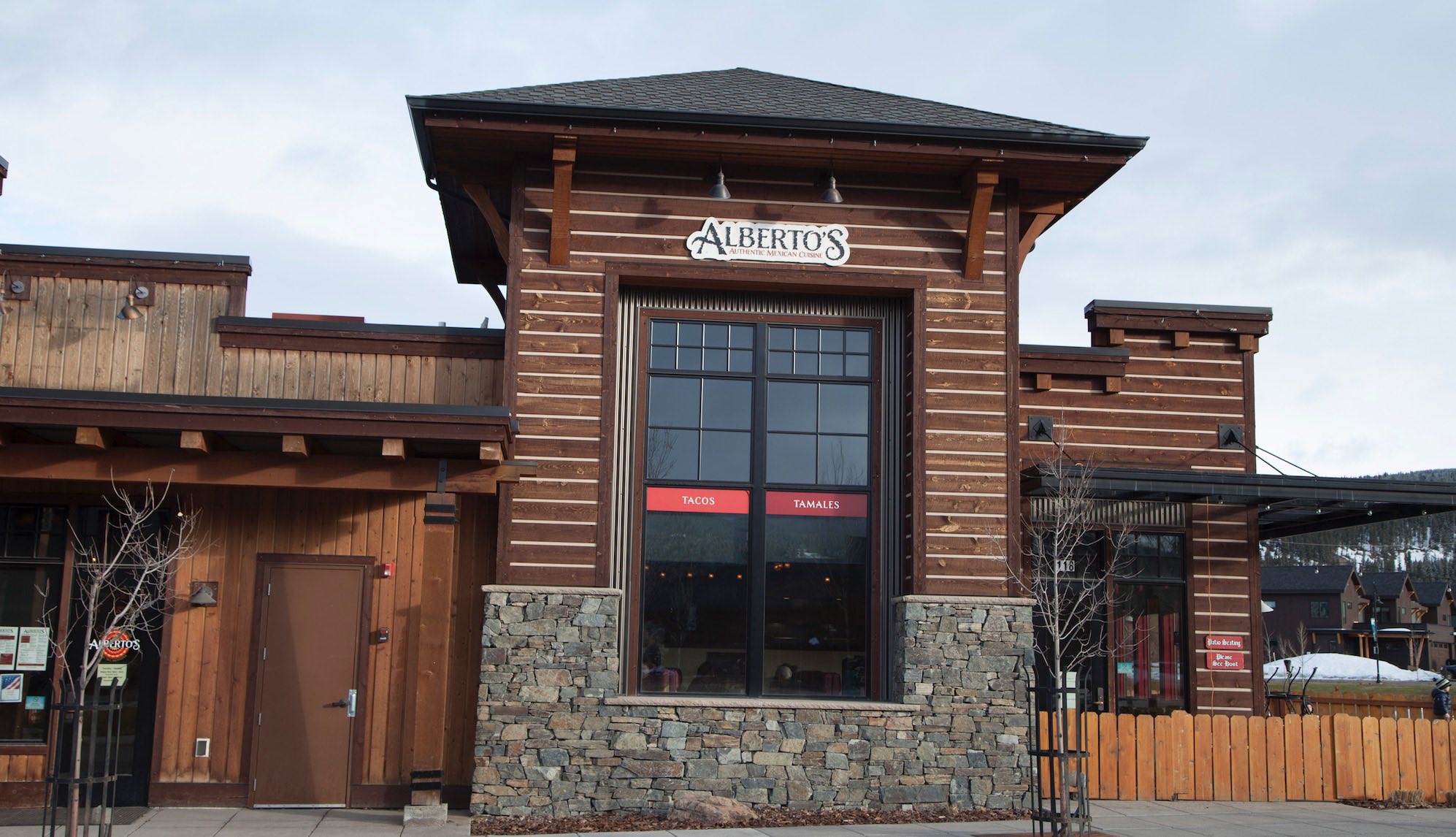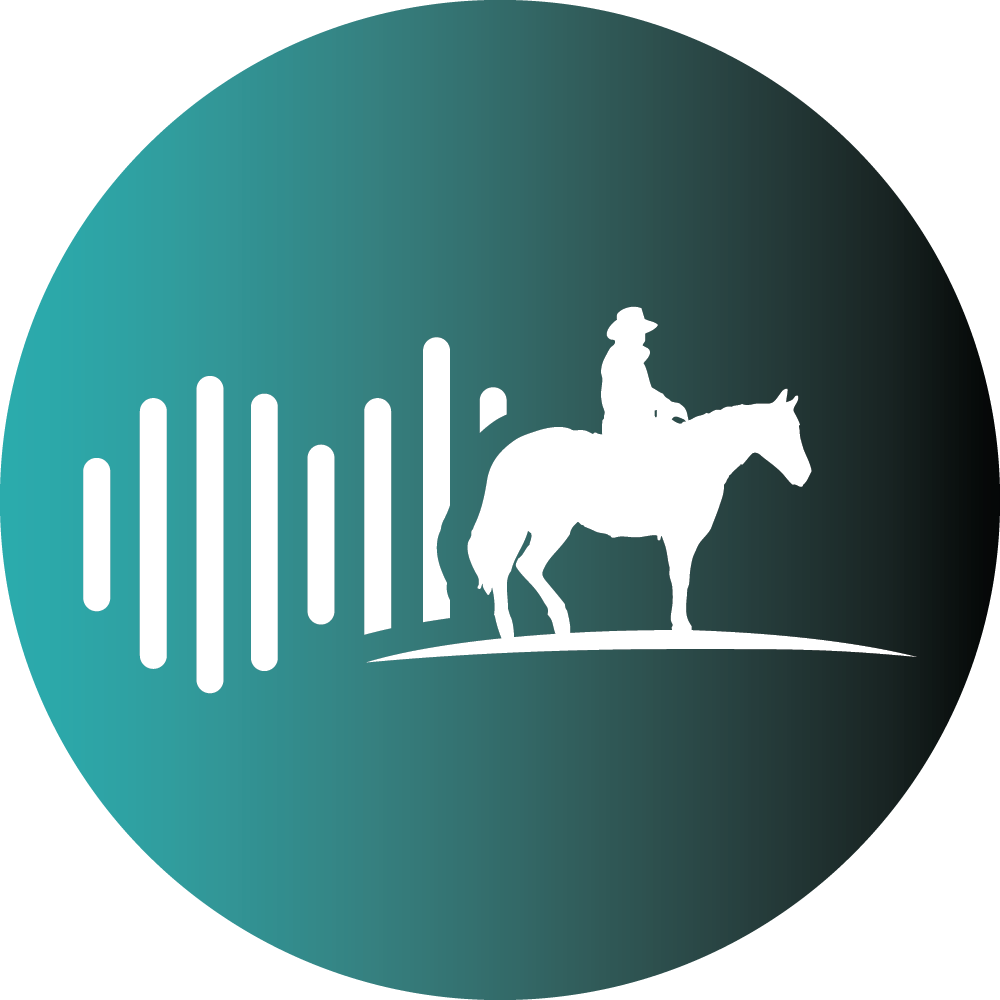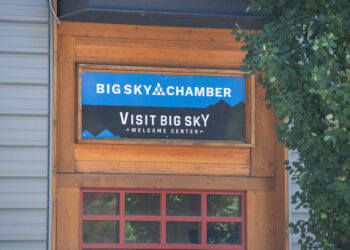Looking for employees? They’re looking for housing. It’s costing the community.
By Bay Stephens EBS DIGITAL AND LOCAL EDITORS
This is the second installment of “Growing Pains,” an ongoing series centered on Big Sky’s growth, the challenges it presents and potential solutions. Visit explorebigsky.com to read part one,“The Ikontroversy.”
BIG SKY – Jay Janvrin commutes from Bozeman two days a week to work in the kitchen at By Word of Mouth restaurant in Westfork Meadows, his second job along with one at Big Sky Resort. He used to work full time at BYWOM, driving an hour each way for every shift. Then he totaled his vehicle driving home one evening.
Janvrin now drives a 30-year-old project truck he’s been working on that gets about 12 miles to the gallon. To stay financially afloat, he scaled back to two days a week at the restaurant, biding time until he can purchase another commuter.
Janvrin’s transition from full to part time puts additional stress on his employer, BYWOM co-owner John Flach, who says retaining and attracting employees is a challenge in Big Sky. Flach worked 14-16-hour days this winter to make up for the lack of hands on deck, and BYWOM had to suspend its catering service, which comprises about 25 percent of its usual business.
Since Big Sky’s genesis, a workforce scarcity has plagued local employers, yet the phenomenon has grown increasingly acute in recent years. Visitation this winter appears to have eclipsed those of previous seasons, resulting in a Catch-22: Many restaurant owners reported a rise in profit margins, but they don’t have enough employees to do the work.
At the crux of this constant search for available employees is another longstanding Big Sky problem: the shortage of available workforce housing. The issue continues to plague the area, though several local initiatives are looking to alleviate those pressures.
On March 26, Big Sky Resort announced a plan to introduce 75 new beds to its workforce housing accommodations for the 2019-2020 ski season, and on April 4 a subsidiary of Spanish Peaks, closed on the acquisition of the River Rock Lodge, a 29-room facility that will be used for workforce housing.
The Big Sky School District plans to work in conjunction with Habitat for Humanity to construct two triplexes for teachers on March 25, while the Big Sky Community Housing Trust is set to open the first batch of the 52 subsidized Meadowview units on June 1.
But while three of the four initiatives are geared for specific businesses and organizations with considerable financial backing, the mom-and-pops of Big Sky are left to fend for themselves.
When Flach meets potential new hires, the question is on every applicant’s lips: Does BYWOM provide housing?

“That’s our biggest [challenge],” Flach told EBS. “We’ve been trying to get on waiting lists … to give people places to stay.”
Monte and Nancy Johnsen, who own Choppers Grub and Pub in Big Sky, field the same question from applicants. Though the restaurant has been around for a decade, only in the last year did the Johnsens begin renting a house for employees.
Choppers has opted to close on Sundays this winter, something it has never done, simply to give a day off to weary employees. The team ends each week exhausted without enough people to comfortably shoulder the workload, Nancy said.
“The volume of our business was up this winter and there was just such a high demand,” she said.
According to Brenda Godoy, who co-owns and operates Alberto’s Mexican Cuisine with her husband Alberto, the restaurant was so pressed for staff during winter months that it often couldn’t open for happy hour. During the busiest season Brenda has seen since Alberto’s opened in 2014, on several occasions the restaurant couldn’t open at all.
“It’s not worth the hassle,” Brenda said. “We’d rather not make [customers] mad and not stress ourselves out.”
Like Choppers, Alberto’s owners realized three years ago that housing was key to bringing in and retaining enough employees to operate. Four of their employees live in a rental the couple pays on, and they maintain a second rental in case they need to draw more employees. It’s an endeavor they lose money on, Brenda said.
The problems stemming from the lack of housing aren’t solely affecting the employees and employers of Big Sky, but also the customer experience of visitors and permanent residents alike.
“Our opinion is [that] all the businesses in Big Sky—I don’t care what business you are in—everybody’s running about 25 percent short of staff,” said Tim Ryan, who owned and operated The River Rock Lodge with his wife Sally until they sold it this month. “I know we didn’t run our business as well as we could because we were short [employees]. And I think that goes across the board.”
A loss of footing
When Jay Janvrin of BYWOM attempted to find a point of entry into the residential fabric of Big Sky, he came up empty handed.
“Anything that was available [in Big Sky] was ridiculously expensive,” Janvrin said. “I’d have to have three jobs to be able to even survive.”
On paper, the unincorporated Montana ski-mecca of Big Sky is an oasis, a prospering mountain community with schools, community spirit, fine dining, abundant outdoor recreation and a calm pace of life. There are plenty of seats at the table—if you can afford one. Today’s reality: most can’t, and it threatens to cripple the growing community.
“People come here thinking they might have an opportunity to buy property and own a house,” said Mike Scholz, a longtime resident of Big Sky. “But despite an increase in business, there is less and less opportunity to get a foot in the door.”
Scholz bought a plot of land on the Big Sky Golf Course in 1973 for $11,000, or roughly $65,000 in 2019 dollars, according to the Bureau of Labor Statistics. He sold the property eight years later for $16,000, using the equity from the sale to buy a three-bedroom Hidden Village condominium for $59,000, approximately $171,000 in today’s dollars.
Curly Shae, who owns and operates the Cabin Bar and Grill in Mountain Village with his wife Kelly, moved to Big Sky in 1977 at the age of 20, and found a favorable housing market—much like Scholz.
“When I got here you could buy a Hill [Condominium] studio for $5,000, and a loft for $15,000,” Shea said. “I didn’t know anybody that couldn’t afford a place to live … Everything was easier back then.”
Sally and Tim Ryan moved to Big Sky in 1980; the young couple put $15,000 down on a $65,000 two-bedroom Silverbow Condominium, financed by a local couple so as to avoid getting a loan from a bank.
“[Back] in the day when we first got here, all of us had a place to live,” Tim said. “Even though they didn’t pay much when we first got here, if you were waiting tables … you could still afford to parlay that into a down [payment] on a place. And many, many friends did.”
Today in southwest Montana, as in much of the country, the housing market is a different beast.
The median sales price for a condominium in Big Sky jumped from $345,000 to $710,000 between January 2013 and January 2019, a price point out of reach for the median household income in Gallatin County, which hovered around $60,901 in 2017 dollars, according to the Montana Department of Commerce.
Personal ownership is a crucial component in encouraging community engagement. According to a 2012 study conducted by the National Association of Realtors, “Homeownership boosts the educational performance of children, induces higher participation in civic and volunteering activity, improves health care outcomes, lowers crime rates and lessens welfare dependency.”
In an interview with EBS, Ezra Glenn, lecturer for the Massachusetts Institute of Technology’s Urban Planning Department’s Housing, Community, and Economic Development Group, spoke to the necessity for a community to foster an “ecosystem” that includes all walks of life.
“Communities include nannies, teachers, landscapers, firefighters and businessmen,” Glenn said. “Together, we make up a kind of ecosystem, and we depend on each other; unless there are forces importing workforce services.”
Mark Haggerty, an economist at Bozeman-based Headwaters Economics, reinforced Glenn’s caveat: “From a really crass economics standpoint, if capital and labor can organize themselves, then why should Big Sky really care [if the workforce can’t live there]?”
If economic and, in Big Sky’s scenario, recreational draw ultimately replace labor speedily and consistently, a lack of workforce housing is no crisis, a non-issue. From a stance of pure economics, the lopsided growth in the socioeconomic divisions occurring in Big Sky can continue to persist unchecked.
However, Haggerty noted the economic perspective “breaks down” when a human layer is considered.
“As a community, you should care,” Haggerty said. “If you want your teachers to know your child throughout their schooling, to participate civically outside of the school, to really be a part of the community, then economics can’t speak to that.”
Although business is booming in Big Sky and the community is taking steps to address housing shortages, the town is outpacing its own infrastructure. Bottom lines are up, but the bottom line remains: a community runs deeper than black and red.
Stay tuned for the next installment of “Growing Pains,” our multipart series on growth in Big Sky, coming in the April 26 edition of EBS.














